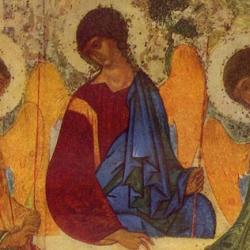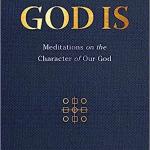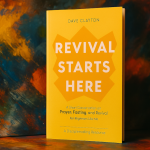David Biale (Blood and Belief) argues that menstrual blood is not defiling because it is associated with death (as Jacob Milgrom, among others, argues). After all, menstrual blood doesn’t mean a woman is dying but that she is fertile. On the other hand, the sorts of bleeding that lead to death do not defile (until the person has bled to death).
As Biale puts it, “Since only genital
discharges pollute, while all other types of blood, in
and out of context, do not, perhaps menstrual blood should not be
properly called blood, as if it were the same substance as arterial
blood, only emitted from the genitals.”This leads him to conclude that menstrual blood is not classified as blood: “Like semen, it inhabits a
different universe. It needs to be considered a procreative
fluid, female seed, as it were” (32).
He finds some support for this in Greek sources: “Hippocrates compared menstruation with sacrifice, arguing that ‘the blood [of menstruation] flows like that of a
sacrificed victim’ (choreei de haima hoion apo hiereiou). The medical logic behind his comparison is that menstrual blood is humorally hot, like
the blood that spurts from the throat of a sacrificed animal. In
Aristotle, the psyche or spirit of life is contained in this hot blood. Helen King has suggested
that, for the Greeks, a woman (gyne),
as opposed to a prepubescent girl (parthenos), was defined by bleeding; a mature woman who
did not bleed regularly was considered ill. Men, in contrast, were
defined by the opposite: shedding blood in war or in sacrifices. The alignment of mature
women with sacrificial victims in Hippocratic body
symbolism presents ‘their bleeding as an essential part of the life of
the city.’ For, just as men sustain the city by their bloodletting activities, so
women contribute to the city’s fertility by their own form of bleeding” (33).
He suggests that this is the key to biblical treatment of menstrual blood. It is taboo not because it is associated with life but because it is so potently alive. It is excluded from the sanctuary, however, because the fertility it represents is a “profane” and human fertility, out of place in the presence of God (34). Here “pollution” doesn’t mean “dirty” so much as, strictly speaking, “excluded from the sanctuary.” This isn’t an anti-fecundity position. Rather, “fertility is assured by segregating the holy from the profane: no sex is allowed
in sacred sites. God may be the source of fertility, but he
does not engage in sexual relations, as do the gods of the Canaanites,
and therefore one must not have sex in the divine precinct, as the
prophets thought that the Canaanites did” (35). This would also explain why childbirth is “defiling,” and why sex itself makes both the male and female impure.
Biale also points to the language of Leviticus 20:18 to the effect that the “source” of the woman’s blood is uncovered by a man who has sex with a menstruant. That leads him to suggest that the woman’s body is temple-like, and her blood similar to the life-giving blood-letting at the temple: “a woman’s inner source is not only a bodily
sanctuary; it is also a synecdoche for the land itself. And he who
violates this temple necessarily defiles the land” (38).
Unfortunately, Biale falls back into the whiskered suggestion that the priests introduced this restriction to maintain their grip on female potency. Apart from that, Biale’s is an intriguing, and possibly correct, insight into the meaning of blood in the Levitical system.















